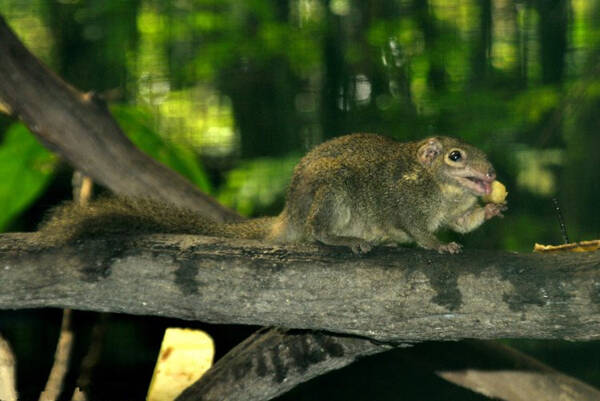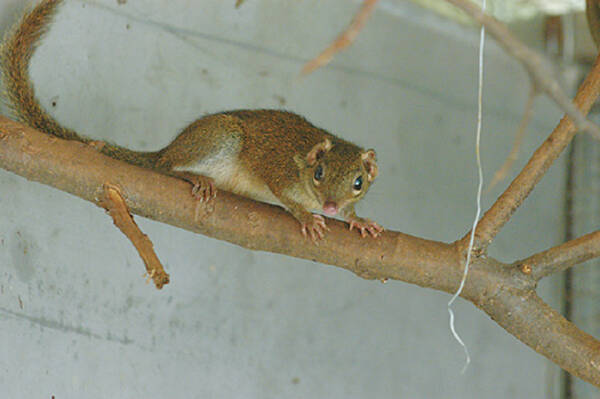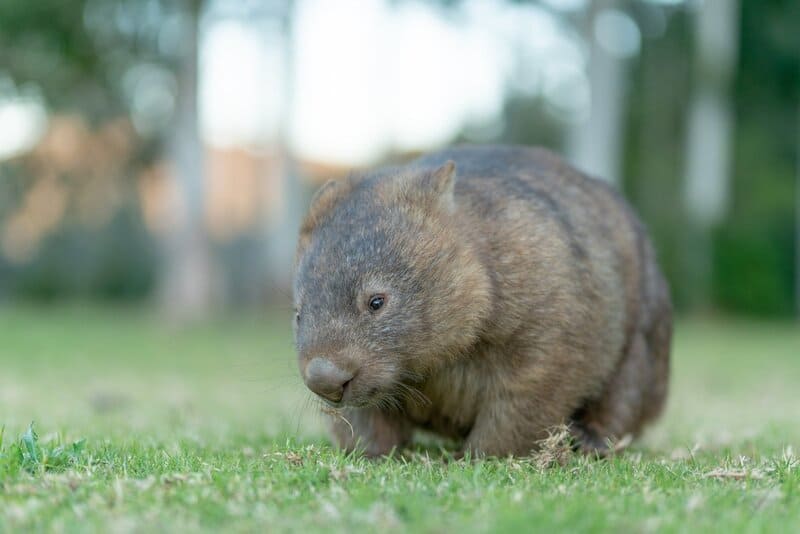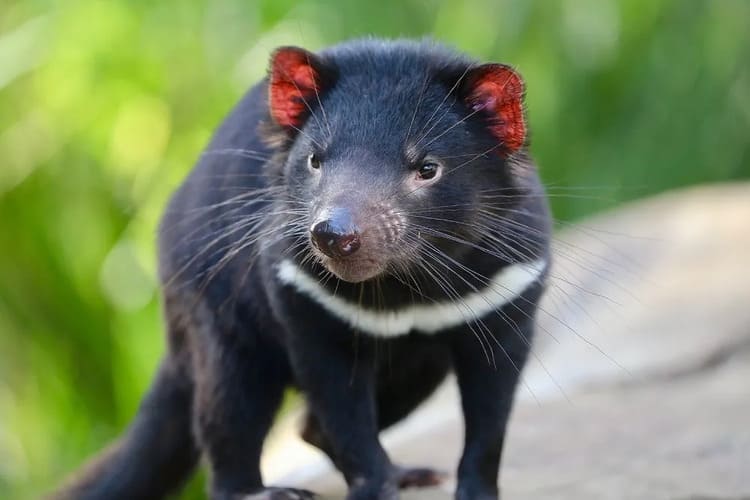common tree shrew
IUCN
LCBasic Information
Scientific classification
- name:common tree shrew
- Scientific Name:common tree shrew,Tupaia glis
- Outline:Mammal
- Family:T.Shrew T.S.family T.S.Genus
Vital signs
- length:16-21cm
- Weight:190g or so
- lifetime:No textual research information is available
Feature
It is one of the largest tree shrews in the family
Distribution and Habitat
It is mainly found in Indonesia, Malaysia and Thailand in East Asia, including Sumatra, Java and the surrounding islands.
It is mainly distributed in forests or shrubland in the mountains, hills or plains of the southern tropical and subtropical regions of China, and is often seen near villages.
The common tree shrew lives in deciduous tropical forests and is commonly found in dipterocarpus forests. It is also found on plantations, orchards, gardens and trees near houses
Appearance
The common tree shrew is one of the largest tree shrews, with an average length of 16 to 21 cm and an average weight of about 190 g. The snout is long and the ears are short and round. The front and back limbs are well developed, and the four legs have five toes each. The tail hair is developed, the hair above and on both sides of the tail is longer, and the hair below is very short. The head, neck, back and tail are olive brown or brownish black with green. In some individuals, the side of the neck is not obvious brownish yellow longitudinal lines. The color of the abdomen is brownish yellow from under the jaw through the chest to the center of the abdomen. The posterior abdomen and inguinal region are grayish-brown. The snout of the skull is long and narrow. The cranium is broad and flat, slightly oblate. The posterior orbital burst is associated with the zygomatic arch downward, forming an closed bony orbital ring. The hairy tail can reach body length. The claws are bare with sharp
Details
The common tree shrew (Tupaia glis) is a genus of tree shrew with no subspecies. Good climbing, mostly on trees, vines or shrubs, but also on the ground. Diurnal. Insects as the main food, but also eat young birds, mice and some wild fruits. Will communicate by smell and sound, when threatened, will make a constant "squeal", when mating and courtship, will make a "clucking" and whistle-like sound.

For the most part, the common tree shrew is monogamous, has no defined breeding season, and can mate all year round, reaching a breeding peak between February and June each year. Female tree shrews have an estrus cycle lasting from 8 to 39 days and a gestation period of 40 to 52 days, giving birth to one to three young at a time. . The young are blind, hairless, weigh about 10 to 12 grams at birth, have an average weaning age of 36 days, can leave the nest after about 1 month, and reach sexual maturity at 3 months. During breastfeeding, the mother tree shrew provides relatively little maternal love, giving her only a few minutes the next day to feed her young.
The range and number of common tree shrews are decreasing, but they are still quite common, especially in Sumatra and Peninsular Malaysia, with up to 26 individuals per hectare (2015 data), and are therefore classified as not at risk by the IUCN. But the species needs to be closely monitored due to habitat loss due to activities such as deforestation.

Common tree shrew is an important animal successfully domesticated in recent years. Tree shrews have been considered as a substitute for primates due to their close relationship with primates and some unique characteristics suitable for crop laboratory animals, such as the smaller body size of adult tree shrews, higher brain-to-body mass ratio, and shorter reproductive and life cycles. As an alternative animal model, tree shrews have been widely used in biomedical research and drug safety testing. Animal models established by tree shrews have been used to carry out medical research. Models of hepatitis C virus (HCV) and hepatitis B virus (HBV), two human infection viruses, visual research models, social stress and depression research models have been established. And aging and learning behavior. With the progress of modern molecular biology, especially the development of a new generation of genome sequencing technology and the decoding of the genetic code of tree shrews, tree shrews will become an important experimental animal to replace primates in medical research and drug trials.
Listed on the International Union for Conservation of Nature (IUCN) 2017 Red List of Threatened Species ver 3.1 - Not Threatened (LC)
Protect wild animals and eliminate wild meat.
Maintaining ecological balance is everyone's responsibility!








